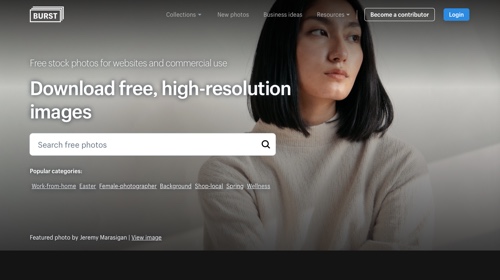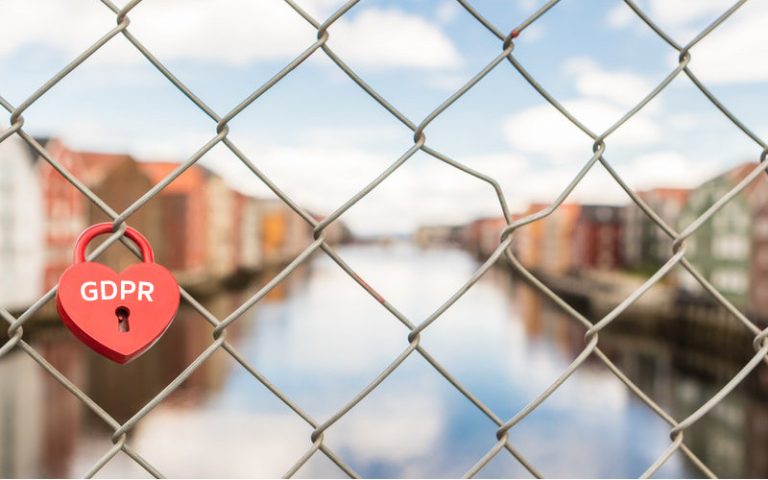Sponsored Brands Video was a big part of Prime Day success for many advertisers, with brands investing 25% of total Sponsored Brands spend in the video format during this year’s sales event.
Advertisers Ramped Up Spend on Prime Day Across Ad Formats
Google search interest clearly isn’t the only measure of how successful events from competing sites were, but it does affirm that Amazon still runs Prime Day. That said, Walmart appears to have made a serious investment in Google Shopping to pull more consumers in. However, analyzing Google Trends data for some of the brands that tried to capitalize, it seems clear that most consumers have Amazon on the brain when it comes to Prime Day. After several weeks of muted search interest relative to earlier in the year, ostensibly due to consumers shifting habits as the US reopens, interest in Amazon soared on Prime Day far beyond any prior day in 2021. By comparison, Walmart and Target saw no clear increase in search interest during the event. Evaluating Sponsored Products sales using a 24-hour attribution window, advertisers saw a 5% boost in revenue attributed to ad clicks for the format relative to Prime Day 2020. The 14-day attribution window had not yet been fully completed for Sponsored Brands at the time of analysis.
Display Plays a Pivotal Role in Advertiser Strategy
By comparison, Amazon and Target both held relatively steady in Shopping auctions during Prime Day. Given that Amazon paused its Google ads on Prime Day in 2019, it’s somewhat noteworthy that it chose to remain active for a second straight year. Clearly Walmart attempted to make the most of the surge in consumer interest during Prime Day, and invested heavily in advertising to boost its own Deals for Days event, which lasted from June 20 to June 23. We’ll be further unpacking these and other key trends from Q2 in the next edition of the Tinuiti Amazon Ads Benchmark Report, set for release July 14. For more details on how advertisers made the most of Prime Day this year, check out our 2021 Prime Day Wins to learn which strategies brands found the most success with. Looking over at how DSP spend trended, many advertisers ramped up ad investment in the lead up to the event, and maintained elevated spend levels post-Prime Day as remarketing efforts kicked in to convert shoppers after the event. While pre- and post-Prime Day spend were elevated, investment peaked during the event, with daily spend more than double what was observed at the beginning of June on both Prime Day days. Another Prime Day is in the books, and advertising once again played a big role in how brands approached the sales holiday. Here we take a look at how a collection of long-standing, same-store advertisers under Tinuiti management adjusted ad investment to make the most of the surge in consumer demand.
Amazon is Still the King of Prime Day
US Amazon advertisers increased Sponsored Products spend by 16% relative to last Prime Day (October 13-14, 2020), and ramped up Sponsored Brands investment by 22%. Cost per click jumped 19% for Sponsored Products, but just 4% for Sponsored Brands, as brands competed for shoppers on the busy sales ‘holiday.’
There were certainly advertisers that leaned into sponsored listings during the event even more than the average, with 23% of advertisers more than doubling spend on Sponsored Products, and 27% of Sponsored Brands advertisers doing the same for that format. Across a collection of long-standing Google advertisers under Tinuiti management, Walmart’s impression share in Auction Insights reports surged leading into Prime Day, and on June 21 was more than twice what it was a week prior. Walmart’s peak impression share came the day after Prime Day when it topped 50%, but the retail giant then quickly faded back to roughly the impression share it was at previously. Prime Day has clearly become an opportunity for sites other than Amazon to run big promotions, ranging from small DTC brands to major retail players like Target and Walmart. Taking a look at our recently-released 2021 Amazon Prime Study, 9 in 10 Prime shoppers surveyed vowed to check other sites during the sales event, with Walmart the most commonly selected alternative.
Walmart Impression Share in Google Shopping Auctions Surged
I’ll also examine data on how Amazon and other major players approached their own Google ad strategy during the event, and what Google Trends tells us about whether consumers really turn to other sites running competing sales. For Sponsored Display, ad spend rose 51% relative to last year’s Prime Day event, outpacing both of the other Ad Console formats in growth for this metric. The share of DSP impressions coming from Amazon owned-and-operated properties did bump up during Prime Day with the surge in Amazon shoppers, hitting 53% on the first day of the event before dropping to 41% on the Thursday after, as remarketing efforts reached users no longer on-site.
Sponsored Products and Sponsored Brands are often the first two ad formats that come to mind when discussing Amazon advertising, but Sponsored Display and the Amazon Demand-side Platform (DSP) are hugely important in making the most of big events like Prime Day.





![[Infographic] Expert Opinion Round-Up: What Does GDPR Mean for Marketers?](https://research-institute.org/wp-content/uploads/2022/04/infographic-expert-opinion-round-up-what-does-gdpr-mean-for-marketers-768x576.jpg)
